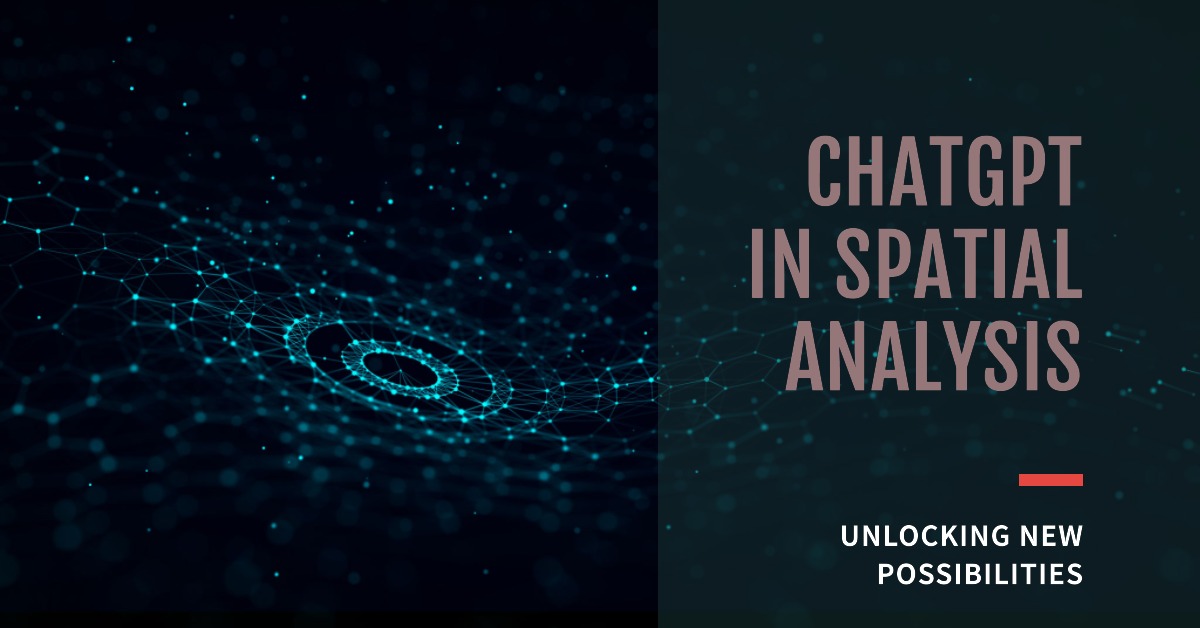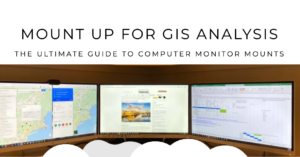Introduction to ChatGPT
Imagine having a digital assistant capable of understanding and generating human-like text. What if we could extend this power to geographical analysis? Enter ChatGPT, a sophisticated language model created by OpenAI. This machine learning model can generate human-like writing based on the data it gets, making it a useful tool in a variety of industries.
Overview of Spatial Analysis
Let’s take a step back for a second. For the uninitiated, spatial analysis is a sort of geographical analysis that aims to comprehend patterns of human behavior and its spatial expression in terms of mathematics and geometry, often known as locational analysis. What if we could harness the potential of ChatGPT in this domain?
The Intersection of ChatGPT and Spatial Analysis
Enhancing Geospatial Data Processing
The possibilities are endless when we combine ChatGPT’s verbal skills with geographical analysis. ChatGPT may comprehend and summarize complex patterns and relationships, making them more accessible and understood.
Predictive Analysis in Spatial Data
The machine learning capabilities of ChatGPT enable predictive analysis of spatial data. It can foresee possible changes in spatial patterns, assisting decision-makers in disciplines such as urban planning, environmental research, and logistics.
Natural Language Processing (NLP) and Spatial Analysis
Natural language processing (NLP) is an important component of the junction of ChatGPT and geographical analysis. ChatGPT can understand geographical references in language and convert them into spatial data for further analysis using NLP.
Benefits of Applying ChatGPT in Spatial Analysis
Improved Efficiency and Accuracy
ChatGPT can improve efficiency and reduce the possibility of human error by streamlining data processing. This results in more precise geographic assessments.
Democratization of Spatial Analysis
Through its user-friendly interface and language capabilities, ChatGPT has the potential to democratize spatial analysis, making it accessible to non-experts.
Advanced Predictive Capabilities
The predictive powers of ChatGPT go beyond mere forecasting. It can forecast the effects of spatial changes, providing useful information for decision-making.
Challenges and Solutions in Implementing ChatGPT in Spatial Analysis
Challenge: Data Privacy
Data privacy is one of the challenges of utilizing ChatGPT in geographical analysis. Because the AI model handles vast volumes of data, it is critical to protect sensitive information.
Solution: Advanced Encryption and Anonymization
This problem can be solved by employing modern encryption techniques and anonymizing the data processed by ChatGPT. This protects any sensitive information while still allowing the AI model to do its responsibilities properly.
Real-world Examples of ChatGPT in Spatial Analysis
Urban Planning
ChatGPT can evaluate demographic and geographic data to inform city development strategies in urban planning.
Environmental Studies
ChatGPT is capable of processing enormous volumes of environmental data, recognizing patterns, and forecasting future trends.
Transportation and Logistics
ChatGPT can optimize routes in the logistics sector, increasing efficiency and lowering the environmental impact.
The Future of ChatGPT in Spatial Analysis
ChatGPT’s function in geographical analysis is expected to grow in the future. The combination of advanced natural language processing and machine learning skills will very certainly change how we do geographical analysis. The potential uses range from automating the examination of large datasets to anticipating future spatial patterns. We may expect ChatGPT applications to become more sophisticated, with improved capability for understanding and analyzing complicated spatial linkages and patterns.
Conclusion
The combination of ChatGPT with spatial analysis constitutes a significant advancement in geospatial science. We can improve the efficiency, accuracy, and prediction capacities of spatial analysis by leveraging the power of machine learning and natural language processing. This not only democratizes the area but also creates new opportunities for study and practical applications.
FAQs
- What is ChatGPT?
ChatGPT is a language model developed by OpenAI that can generate human-like text based on the input it receives. - What is spatial analysis?
Spatial analysis is a type of geographical analysis that seeks to understand patterns of human behavior and its spatial expression in terms of mathematics and geometry. - How can ChatGPT enhance spatial analysis?
ChatGPT can enhance spatial analysis by processing large volumes of geospatial data, interpreting and summarizing complex patterns and relationships, and predicting future spatial trends. - What are some real-world applications of ChatGPT in spatial analysis?
ChatGPT can be applied in various fields like urban planning, environmental studies, and logistics, where it can analyze and forecast based on demographic, geographic, and environmental data. - What is the future of ChatGPT in spatial analysis?
The role of ChatGPT in spatial analysis is set to increase, with potential applications in automating analysis of large datasets, predicting future spatial trends, and interpreting complex spatial relationships and patterns.



